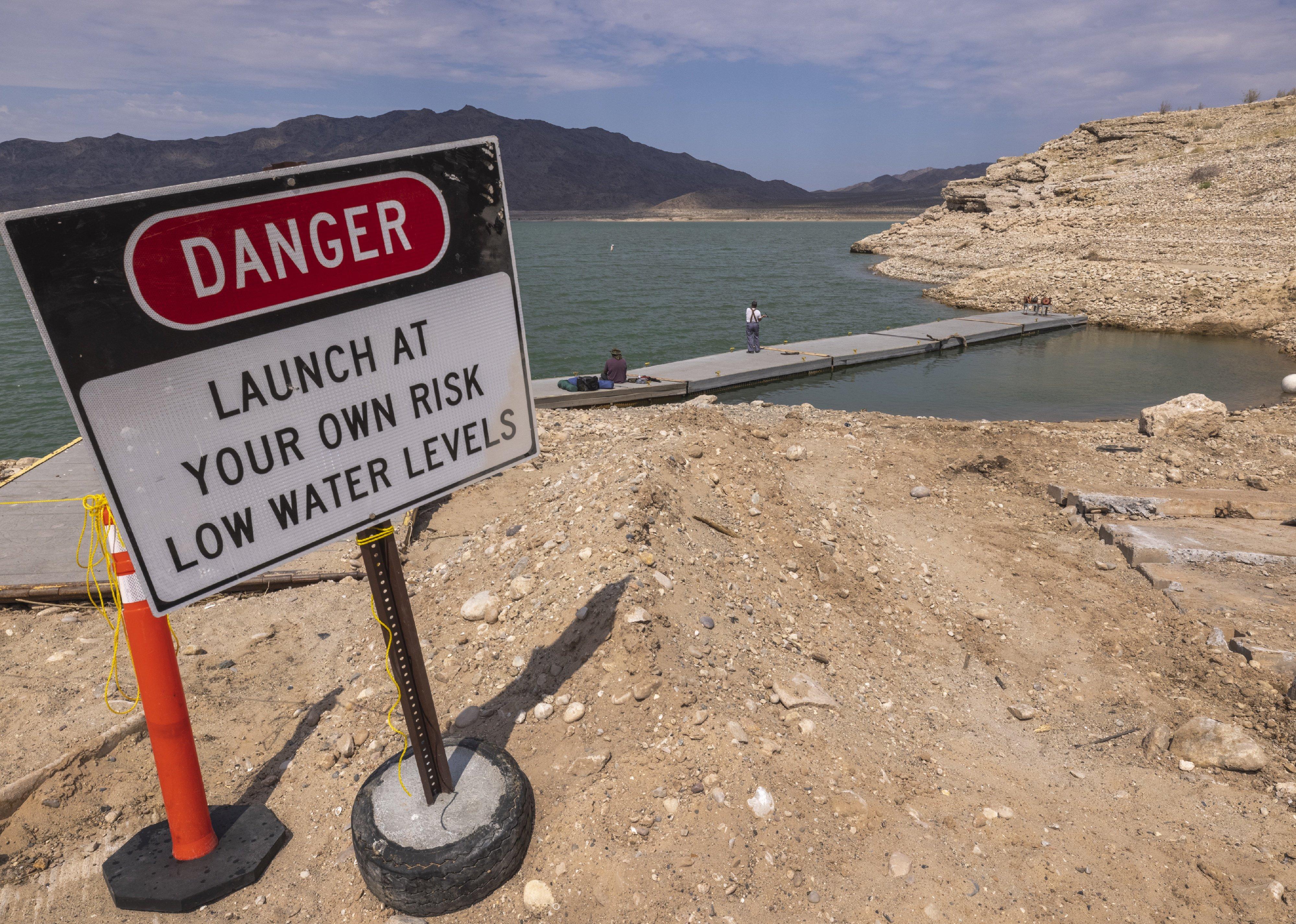
Decades-long drought: How climate change has affected Arizona
Decades-long drought: How climate change has affected Arizona
The latest United Nations Intergovernmental Panel on Climate Change (IPCC) report is yet another reminder of the dire effects of climate change. While climate projections often look to the future when discussing the worst impacts of climate change, we are in fact already experiencing its effects across the United States. To better understand how climate change is impacting the country, Stacker compiled a list of the impacts of climate change in every state, using local and national news stories, government reports, and scientific journal articles.
While these impacts are weather-related—for example, heat waves, droughts, or storms—individual weather events cannot be attributed to climate change on their own. Rather, it is when these events are seen within larger trends that they can be understood as part of a pattern that has come out of the changing climate.
Keep reading to learn about how your state has been impacted by climate change, or read the national story here.
Arizona: Decades-long drought
The year 2021 marked the 26th year of long-term drought in Arizona. This drought has dried up water sources, decimated crops, and killed cattle. One group especially impacted by this drought is the Hopi tribe. Because of this dramatic drought, the Hopi Tribal Council mandated that ranchers had to cull their herds to preserve water and avoid an even larger death toll. This has caused a lot of tension within the tribe, with the Hopi cattlemen protesting the decision, which the Council eventually overturned.
Across the country, there are trends of rising temperatures, storms of increasing frequency and severity, and more erratic precipitation patterns, causing disruptions to the food systems and sometimes even resulting in death. While the U.S. government has set a target to reduce greenhouse gas emissions by at least 50% by 2030, it is clear that the climate emergency is already taking place, and along with emissions reductions, mitigation of the impacts of climate change must be prioritized as well.
Read below to see how other states in your region have been affected by climate change.
Colorado: Colorado River drying up
A total of 40 million people rely on the water from the Colorado River, and while experts have taken steps to save water, giant wildfires and heat waves are reducing water levels in this river faster than expected. The flow of the Colorado River has already declined by 20% compared to its average flow in the 1900s, and if warming continues on its current trajectory, that decline could reach 50% by 2100.
Nevada: Extreme heat
Nevada experienced record-breaking heat in the summer of 2021. Las Vegas was especially impacted, as it is an urban heat island, and the county where it is located saw 82 heat-related deaths in 2020. While this heat does and will continue to impact everyone, it is especially bad for Nevadans who suffer from respiratory illnesses, who are elderly, and those who live in areas with low air quality, which are often people of color and those living in poorer communities. States at Risk estimates that in Nevada, around 70,000 people are part of these vulnerable communities that will be most impacted.



